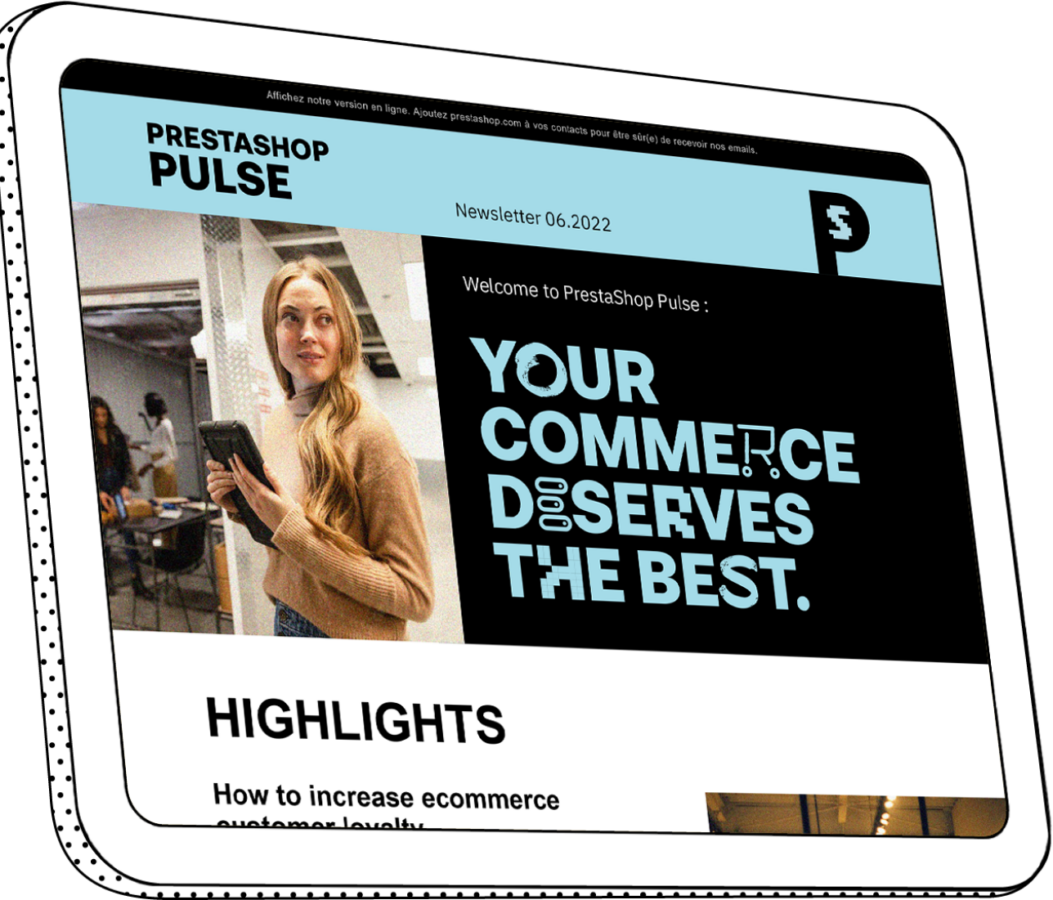Unleashing the power of topic clusters: structuring product categories for enhanced online visibility
In the ever-evolving world of online marketing and web development, topic clusters have emerged as a powerful strategy to improve website structure and optimize for search engines.
By effectively structuring product categories using data-driven keyword research, businesses can significantly enhance their online visibility and attract targeted organic traffic.
In this article, we will explore the concept of topic clusters and how they can enhance the way you organize your product categories.
Understanding topic clusters
Topic clusters refer to the practice of organizing website content into interconnected clusters that revolve around a central pillar topic. These clusters consist of a pillar page and related subtopics, creating a network of highly relevant and interlinked content.
By creating clear and logical connections, search engines can better understand the relevance and context of your web pages, resulting in improved rankings.
The role of keyword research
Keyword research forms the foundation for effective topic clustering. It involves identifying and analyzing the search terms and phrases your target audience is using to find products or services related to your business.
By leveraging keyword research tools and analyzing search volumes, competition levels, and user intent, you can uncover valuable insights that guide the structuring of your product categories.
Structuring product categories for SEO success
To create topic clusters within your website's product categories, begin by identifying the main pillar topics that align with your business offerings. These pillar pages will serve as the central hubs for each topic cluster.
4 examples of structuring product categories and services in topic clusters
1) Zederkof “café furniture” pillar topic
Zederkof is a wholesaler of furniture and fixtures for restaurants, cafés, hotels, conferences, party rentals and events.
One of Zederkoff's pillar topics is “café furniture”.
Next, delve deeper into the pillar topic and identify related subtopics that represent specific aspects within the main category.
For instance, within the "café furniture" pillar, you may have subtopics such as "café chairs," "café tables", “café table tops” and "café benches". Ensure that the subtopic contains relevant products and content that resonate with the targeted keywords.
By organizing your product categories in this manner, you create a logical structure that search engines can easily comprehend. Each topic cluster reinforces the topical relevance of its subtopics, resulting in improved visibility for specific keywords and a better user experience for your website visitors.
The main goal of this topic clustering is to become the ultimate source for every product and information in the industry related to “café furniture”.
Therefore we can complement the product categories with relevant informational blog posts. For instance with articles about café interior design and showcasing cases where they have helped cafés with advice on choosing the right café furniture for their business.
2) detLED “LED strips” pillar topic
detLED is a LED lighting webshop. One of these pillar topics are LED strips.
Therefore relevant subtopics are
indoor LED strips
- outdoor LED strips
- COB LED Strips
- 12V LED strips
- 24V LED strips
- 48V LED strips
- 230v LED strips
- LED accessories etc
A way to display these subcategories are shown below in the screenshot from the LED strips main pillar page.
They are shown at the top of the page in order to help the user find the specific products they are looking for within “LED strips”. And another benefit of this structure is that these subcategories are based on keyword research which means that each one potentially rank separately for these keywords while giving context and authority to the pillar page .
3) SkiftLet “tire services” pillar topic
Skiftlet is a tire center specialized in tire services.
This pillar topic “tire services” is categorized into the related subservices such as:
tire change
- wheel change
- car tire patching
- tire storage
- switch to summer tires
- switch to winter tires
These are highly focused landing pages, covering the different subtopics related to “tire services”. An important part of winning visibility in the search engines is by showing the algorithms that your business has topical authority.
The key is to demonstrate your expertise in all areas of a particular topic. And really take a deep dive into the topic.
Next step for this cluster is to begin answering informational questions with blog posts and building an FAQ. These relevant questions can educate your target group and bring valuable information.
Also covering all parts of the searchers buyer journey.
From the awareness phase when they are investigating a problem such as:
“how much tread should be on tires?”
Till the “consideration phase” in which the target group are in the “problem solving” phase and looking for a solution.
Examples of a search in this phase:
- tire change in a specific city near me
Benefits of topic clusters in web development
Implementing topic clusters brings numerous benefits to both search engines and users. Firstly, topic clusters improve internal linking by establishing clear connections between related pages within a cluster, enhancing website navigation and user experience.
Secondly, the interconnected nature of topic clusters aids search engine crawlers in efficiently indexing your website, leading to faster and more accurate search results.
Moreover, by aligning your product categories with targeted keywords within topic clusters, you increase the chances of ranking higher in organic search results. Users searching for specific products or services related to your topic clusters are more likely to find your website, resulting in increased organic traffic and potential conversions.
Topic clusters also allow you to create highly focused landing pages, enabling you to cater to the specific needs and preferences of your target audience.
Maintaining and updating topic clusters
SEO is an ongoing process, and the same applies to maintaining and updating your topic clusters. Keep a close eye on keyword trends and shifts in user behavior to ensure your clusters remain aligned with search intent.
Regularly review and optimize your product categories, making adjustments as necessary to maximize their effectiveness.
The power of topic clusters in structuring product categories cannot be overstated. By conducting thorough keyword research and implementing well-defined cluster structures, Ecommerce businesses can unlock immense opportunities for enhanced online visibility, improved organic search rankings, and a superior user experience.
Embrace the potential of topic clusters and enhance your website's structure to outshine the competition and drive sustainable growth in the digital landscape.






